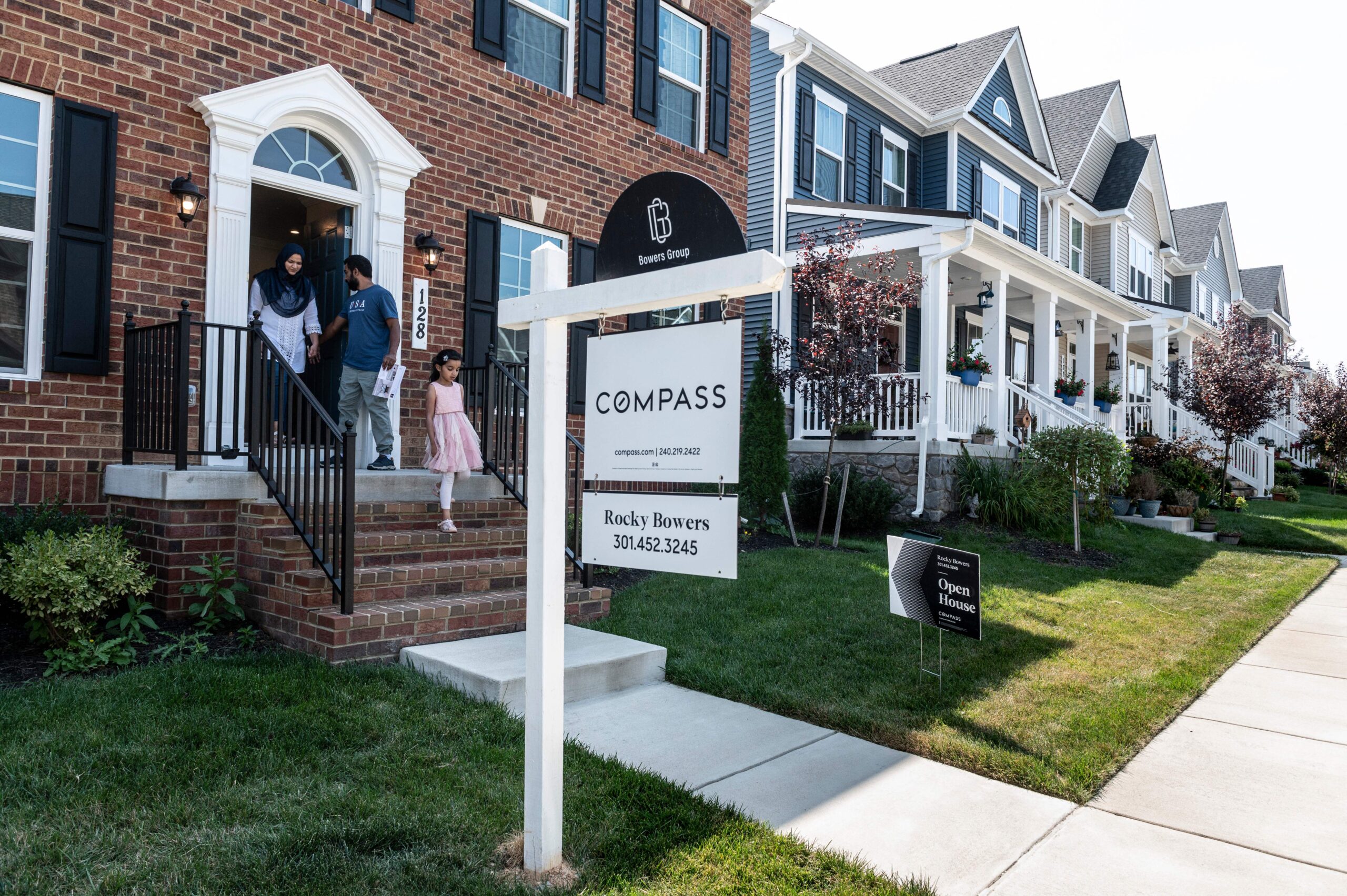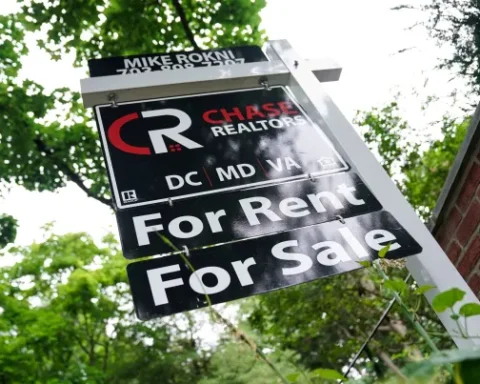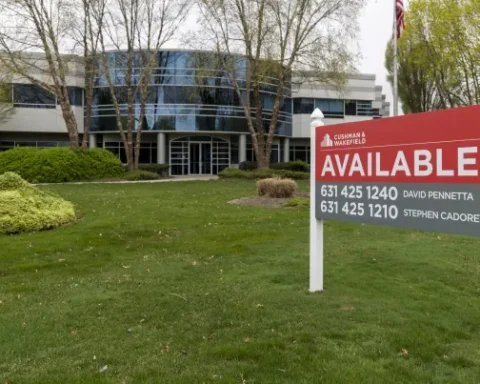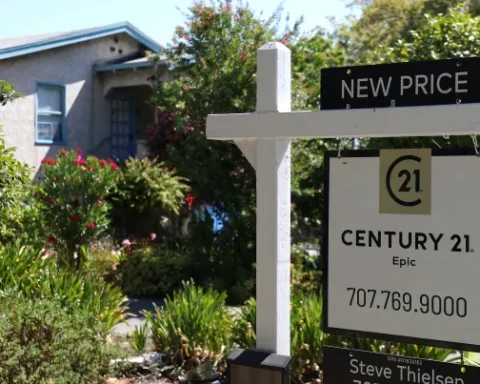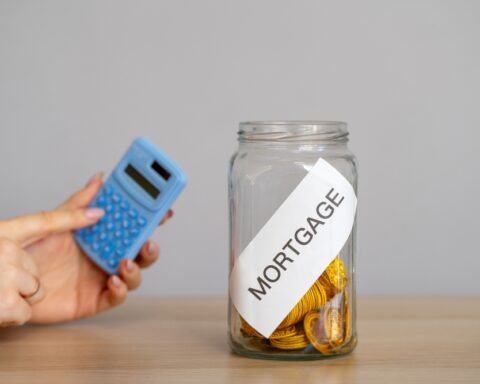As the spring housing market unfolds, it’s challenging preconceived notions that anticipated a cooldown in prices and competition. Contrary to the expected impacts of higher mortgage rates, historically dampening demand, and housing prices, this year’s market dynamics are surprisingly resilient. The enduring shortage of available homes and the prohibitive cost of upgrading keep the market both tight and competitive. Homeowners find themselves in a bind, unwilling to list their properties due to the steep financial implications of moving up, known as the lock-in effect.
Home prices in February rose 5.5% from the previous year, a statistic provided by CoreLogic, indicating a market buzzing with activity despite the financial deterrents. Although this annual growth rate has slightly decelerated, the jump from January to February was almost double the seasonal norm, suggesting a robust start to the spring market even as interest rates climb. The average rate on a 30-year fixed mortgage oscillated, peaking briefly above 8% last October before settling back into the 6% range, only to climb over 7% again in February. This fluctuation was expected to cool the market, yet sales of newly built homes in February surged nearly 6% year over year, defying these expectations.
The crux of the problem lies in the supply of existing homes, which remains critically low. New listings have increased this spring compared to last, but the overall supply is still 40% below pre-pandemic levels. Current homeowners are caught in a lock-in effect; the financial burden of upgrading homes has become dauntingly high, discouraging them from listing their properties. Andy Walden, ICE’s vice president of enterprise research, elucidates the situation: “Lower rates would ease the calculation for many and make moves more reasonable. But the net result continues to be too few homes for too many buyers,” highlighting the persistent supply-demand imbalance plaguing the market.
The financial implications of upgrading are stark: in the past, moving to a home that’s 25% more expensive would increase a homeowner’s monthly payment by roughly 40%, or about $400. Today, that figure has skyrocketed to an increase of 132%, or approximately $1,800, for the same move. This disparity is even more pronounced in high-cost areas, illustrating the widespread impact of the lock-in effect across various markets.
Despite the challenges, a potential easing of mortgage rates could provide relief. A 6% or 5% decrease could improve the feasibility of upgrading, though payments would still be significantly higher than the long-term average. The prevalence of homeowners with historically low mortgage rates compounds the issue, particularly in expensive markets like California, where the financial disincentive to move is even more significant.
Moreover, the U.S. housing landscape has reached a new milestone: According to Zillow, 550 cities are now classified as “million-dollar cities.” This increase underscores the continuing escalation of home values, further complicating the market dynamics.
The spring housing market is navigating through a complex interplay of high demand, limited supply, and the daunting cost of moving up, fueled by the lock-in effect and elevated mortgage rates. Until a fundamental balance is restored between supply and demand, homeowners and potential buyers alike will face a challenging market landscape marked by high costs and limited options. The housing market’s future hinges on finding equilibrium, which requires strategic policy interventions and market adjustments.


